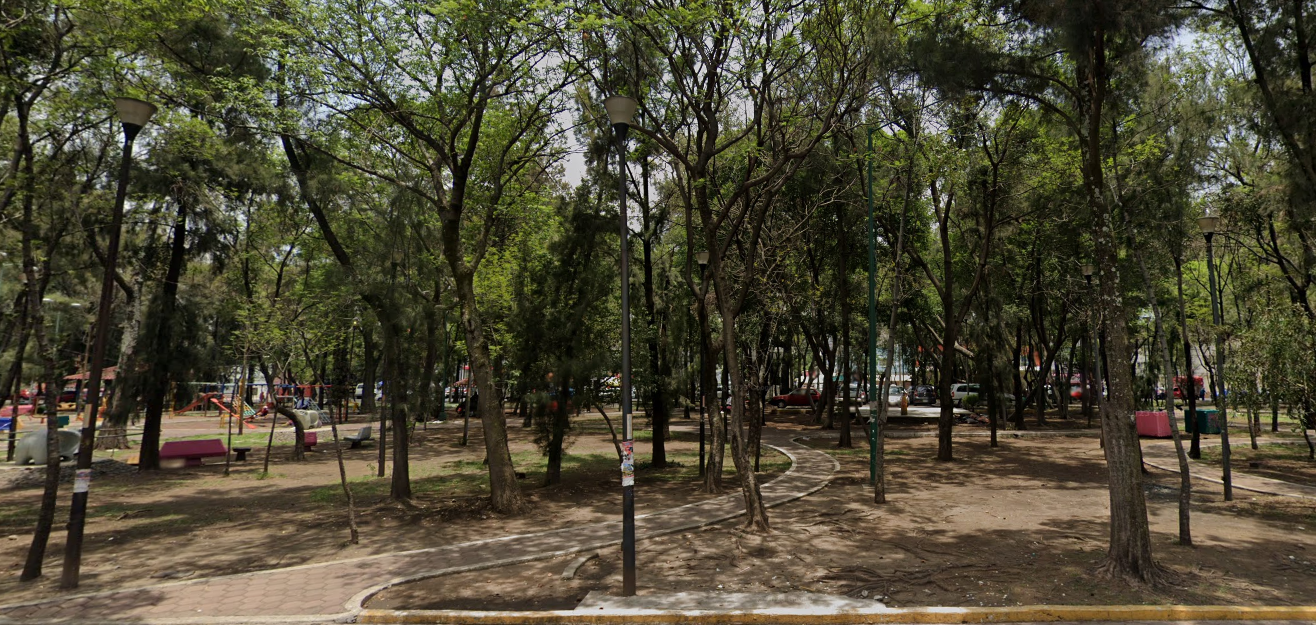
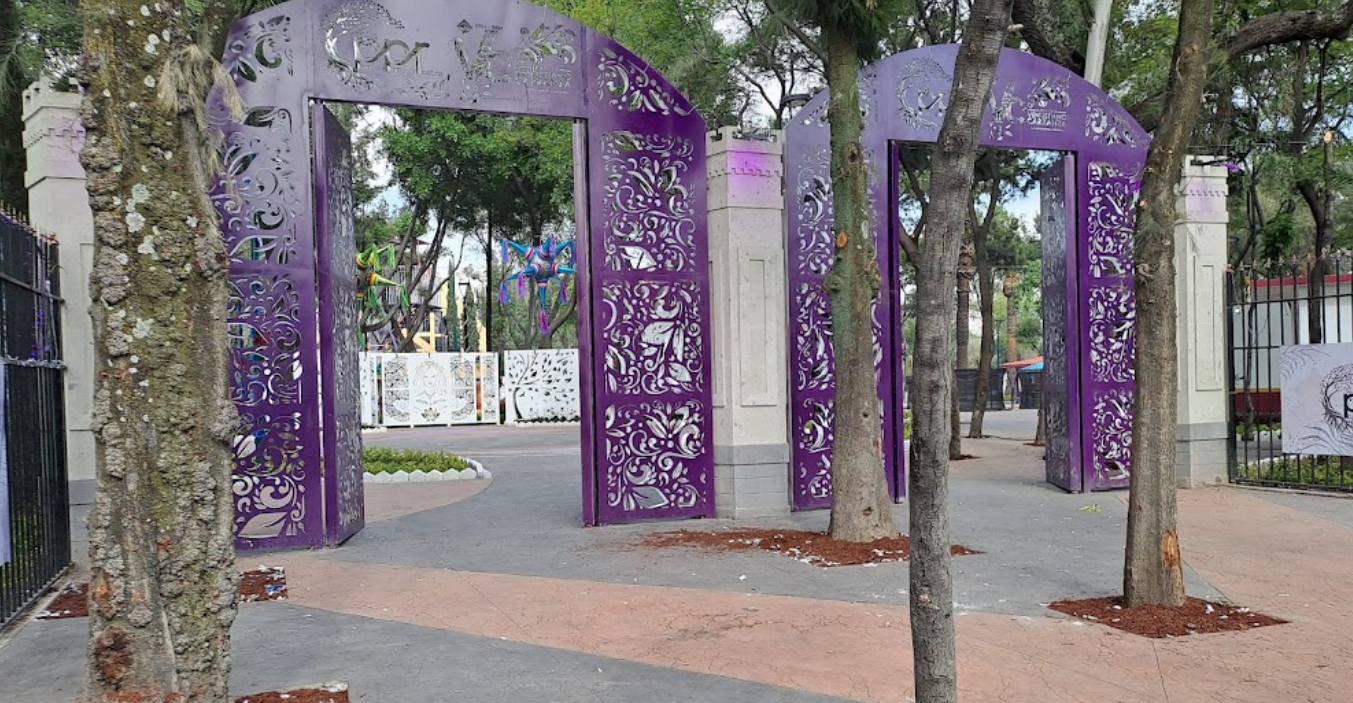

Nearest at 0.27 kms.

Nearest at 0.37 kms.

Nearest at 0.46 kms.
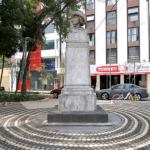
Two historic public spaces in Mexico City's Roma Norte . . .
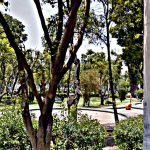
A charming neighborhood park in Tlalpan . . .
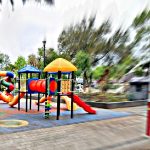
A park that comes alive with colorful animals in Tláhuac . . .

An often-overlooked and meticulous fountain and gardens in Chapultepec . . .
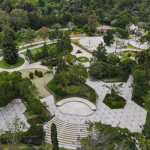
Chapultepec Section 3's only real pedestrian access point . . .